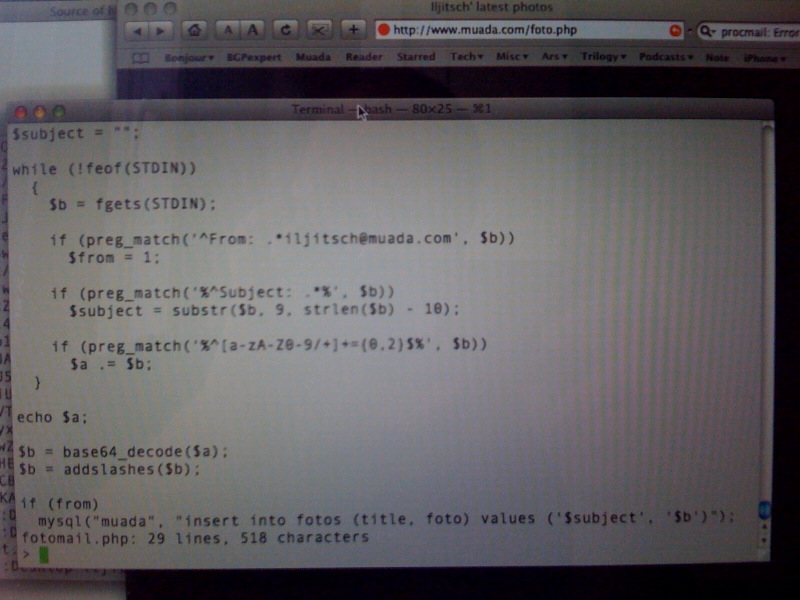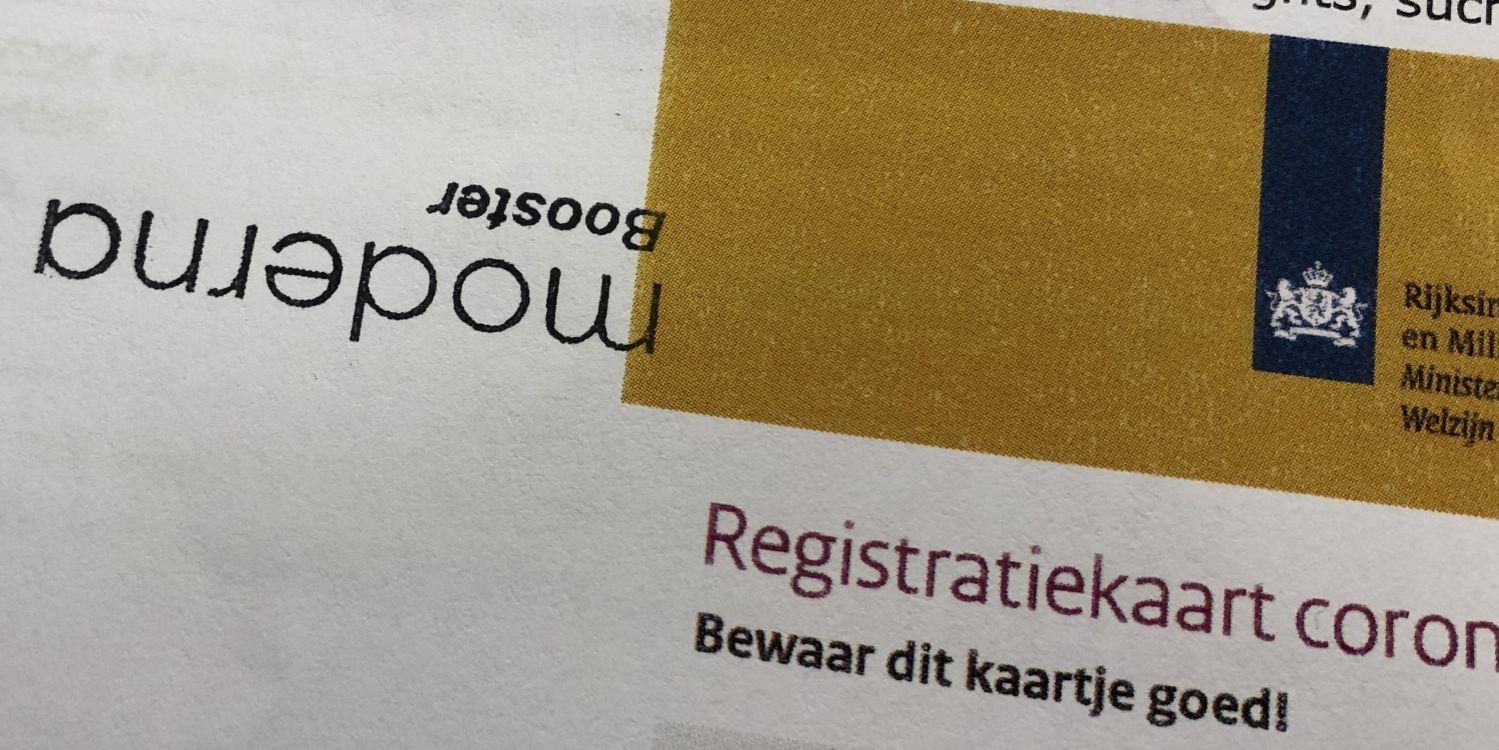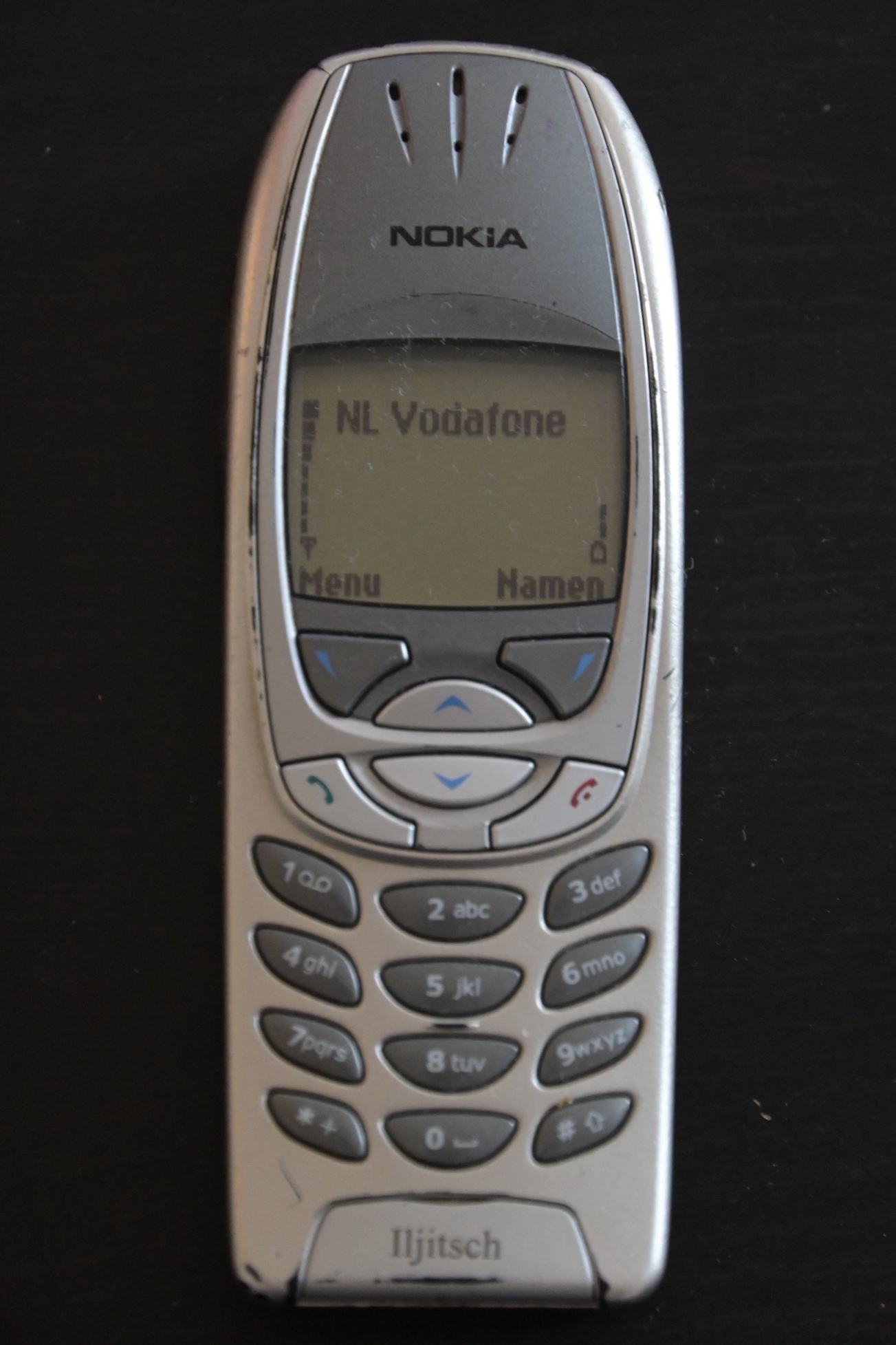▼
On the website of the Dutch newspaper NRC, Ben Tiggelaar writes that 'bad English' is the new world language. In it, he argues that talking with other people who have English as a second language is easier than talking to native speakers.
When I have work-related conversations with Brits, I'm always a little stressed beforehand because of the language. And afterwards I'm more tired than after other conversations. But when I have to talk in English with a group of Spaniards, Chinese or Germans, that doesn't bother me at all.
Personally, I have a somewhat different experience. Within my area of expertise, I know all the English jargon and enough English and American vernacular to talk to native speakers without problems. They also help me elevate my own communication. Outside my area of expertise, this is the case to a slightly lesser degree, but I can hold my own.
When I speak English with people who don't have English as their native language, but speak it reasonably to very well, that doesn't cost me much extra effort to hold back a bit with axiomatic expressions and I feel that I make myself understood without problems and I understand others well.
But speaking English with people who speak the language to a lesser degree takes more effort, as I have to keep thinking about whether what I'm saying isn't too complex.
But one thing is for sure: speaking English with Dutch people is horrible. (Not because they speak it so poorly, but because speaking Dutch is so much easier.)
Permalink - posted 2021-12-08
- 🇳🇱 Nederlandse versie
►
When I got my first iPhone back in 2008, I hacked together a quick script that let me post photos from my iPhone to my website. However, iPhone photos are now 3 MB or larger, which is a bit much. So in practice I would edit the photos on my computer before posting them. But that gets old, so time for some automation.

The first photo I uploaded directly from my iPhone 3G, showing part of the script
Actually resizing images is easy enough in PHP using the imagecopyresampled() function. However, using the provided example script the result was that a photo that I took with my iPhone showed up rotated...
Full article / permalink - posted 2021-11-28
▼
When I got my first iPhone back in 2008, I hacked together a quick script that let me post photos from my iPhone to my website. However, iPhone photos are now 3 MB or larger, which is a bit much. So in practice I would edit the photos on my computer before posting them. But that gets old, so time for some automation.

The first photo I uploaded directly from my iPhone 3G, showing part of the script
Actually resizing images is easy enough in PHP using the imagecopyresampled() function. However, using the provided example script the result was that a photo that I took with my iPhone showed up rotated.
The reason for that is that phone cameras store the camera's rotation in the EXIF data, and the PHP image manipulation functions strip away the EXIF data. One way to solve this is to read the EXIF data using exif_read_data() and then rotate the image accordingly using the imagerotate() function as explained here. However, that still leaves an image with no EXIF data.
A better way to do that is by copying all the EXIF data from the original image to the resized image. This requires a bit of work, but there is a good example transferIptcExif2File() function in the user contributed notes for the PHP iptcembed() function.
Searching for this using Google didn't give me any results, so hopefully the above will be helpful to others running into the same problem. And as you can see, it works:
Permalink - posted 2021-11-28






